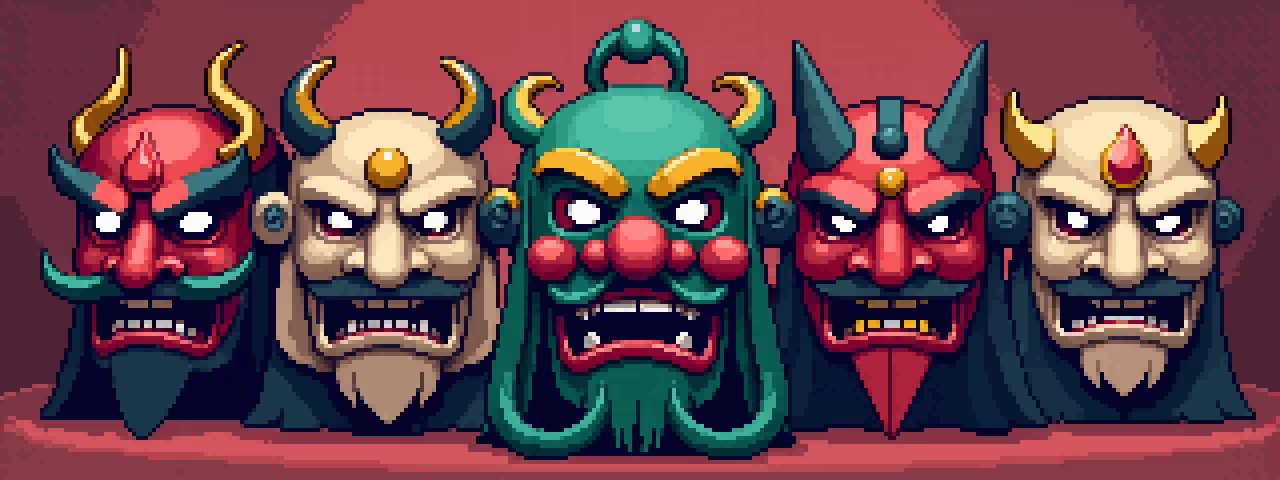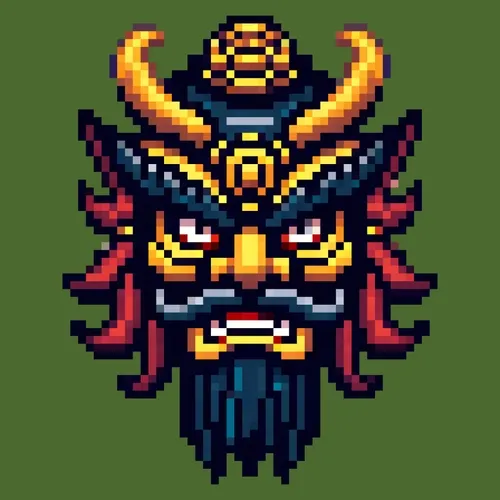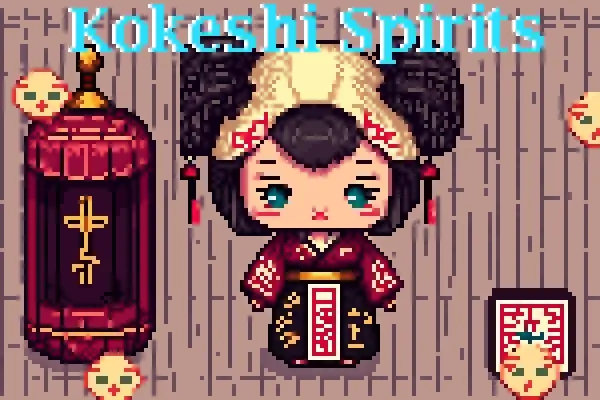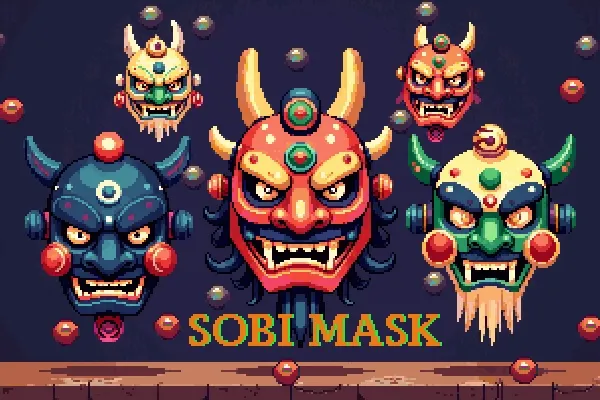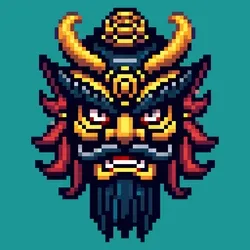

Ancient rituals and shamanism Origin of the tradition Chinese masks have their roots in the early dynasties (Shang, Zhou) when they were used in shamanic ceremonies. It was believed that a priest or shaman, wearing a mask of a spirit or deity, received the power to communicate with the world of ancestors and gods. Ritual In some provinces of China, rituals with masks used to banish evil forces and attract good fortune (especially during festivals or sowing and harvesting seasons) persisted. Theater masks and opera Opera Roots (京剧, Kunqu) Chinese theater masks and makeup (脸谱) have become world famous thanks to the Peking Opera. In it, each color and ornament on the face carries a meaning: red symbolizes bravery and sincerity, white - cunning and cunning, black - straightforwardness and honesty, green - courage and militancy, yellow - cruelty and power. Transmission of characters The mask in Chinese opera is not only a decoration, but also a tool for expressive acting. With the help of patterns and colors the actor emphasizes the character of the character: a commander, an emperor, a god, a demon or a joker. Social and military status During the Tang and Song dynasties and beyond, some masks (or battle makeup) were used by generals and warriors to add strength to their image and to instill fear in their enemies.

- Taoism: the way of harmony with nature The teachings of Lao Tzu Taoism (道教) teaches following the Way (道) and seeking harmony with the natural order of things. In the context of masks, this can mean smooth contours, restrained color transitions, and a balance between emptiness and form. Yin and Yang The Yin-Yang (阴阳) symbol is the basis of Taoist cosmology. The artistic design of Sobi Mask collection masks may include contrasting elements - for example, warm and cold shades, day and night motifs, expressing the eternal dance of opposites.
- Confucianism: ethics and social harmony Teachings of Confucius Confucianism (儒家) focuses on morality, decent behavior, and social hierarchy. Historically, masks in court ceremonies and festivals reflected social status and virtues. The principles of humanity (仁), justice (义), and reverence (孝) The Sobi Mask can reflect the values of Confucianism in the symbolic detailing of the mask: an exquisite pattern emphasizing respect for elders, or noble colors (red, gold, blue) associated with virtues and wisdom.
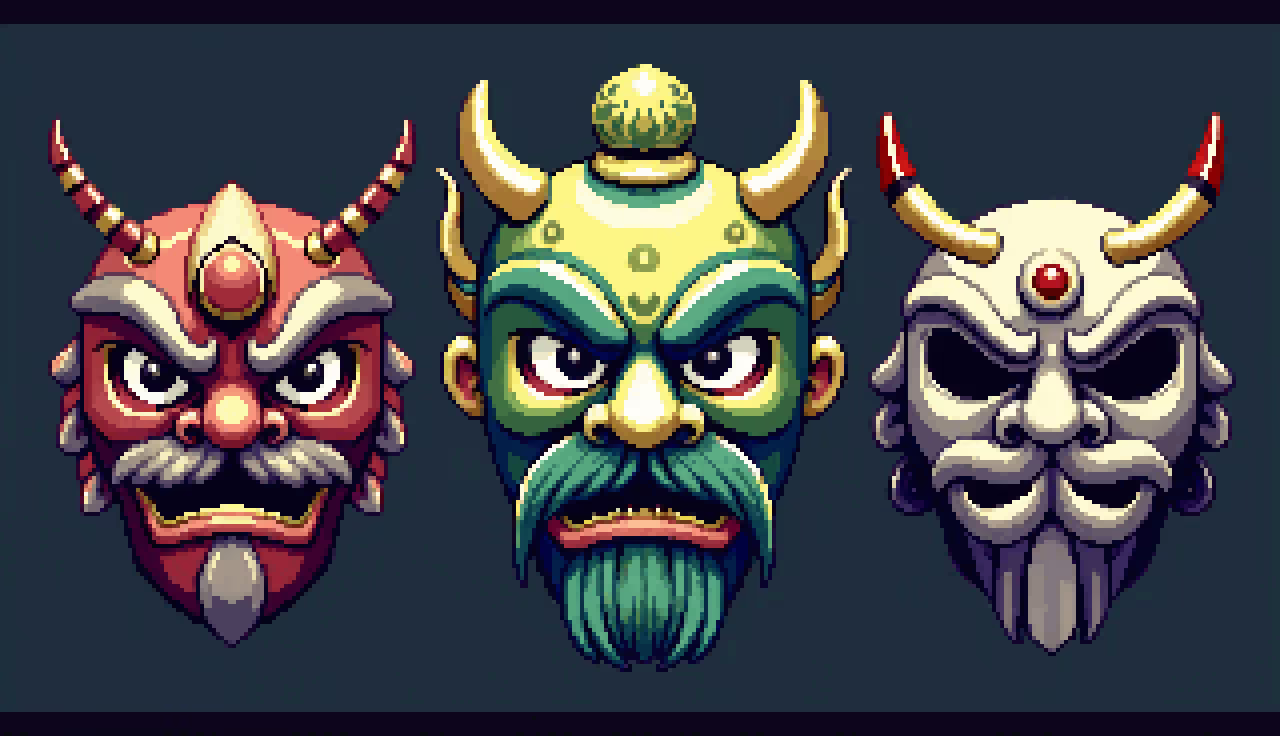
The pervasiveness of Buddhist ideas Buddhism (佛教) came to China from India during the Han era and gradually merged with Taoist and Confucian practices. In mask art, Buddhist motifs can be seen in the use of lotus ornaments, symbols of enlightenment (such as the third eye on the forehead), and soft, harmonious lines expressing compassion. Bodhisattvas and Buddhas Sometimes masks depicted divine beings with enlightened gaze, symbolizing care for all living beings. In the Sobi Mask collection, such images may appear in the “Divine” categories of masks. 4. Numerology and the meaning of “222” Symbolism of the number “2” In Chinese tradition, the number 2 (二, èr) is often associated with harmony and pairing. The expression 好事成双 (hǎoshì chéngshuāng, “good things come in pairs”) indicates that “two” can symbolize good luck. The reflection in the Sobi Mask 222 masks may indicate a threefold amplification of the number 2, symbolizing triple luck and harmony. Philosophically, it can be interpreted as a fusion of the three main teachings (Confucianism, Taoism, Buddhism) or even as a kind of “triple dualism” (Yin, Yang and the balance between them).
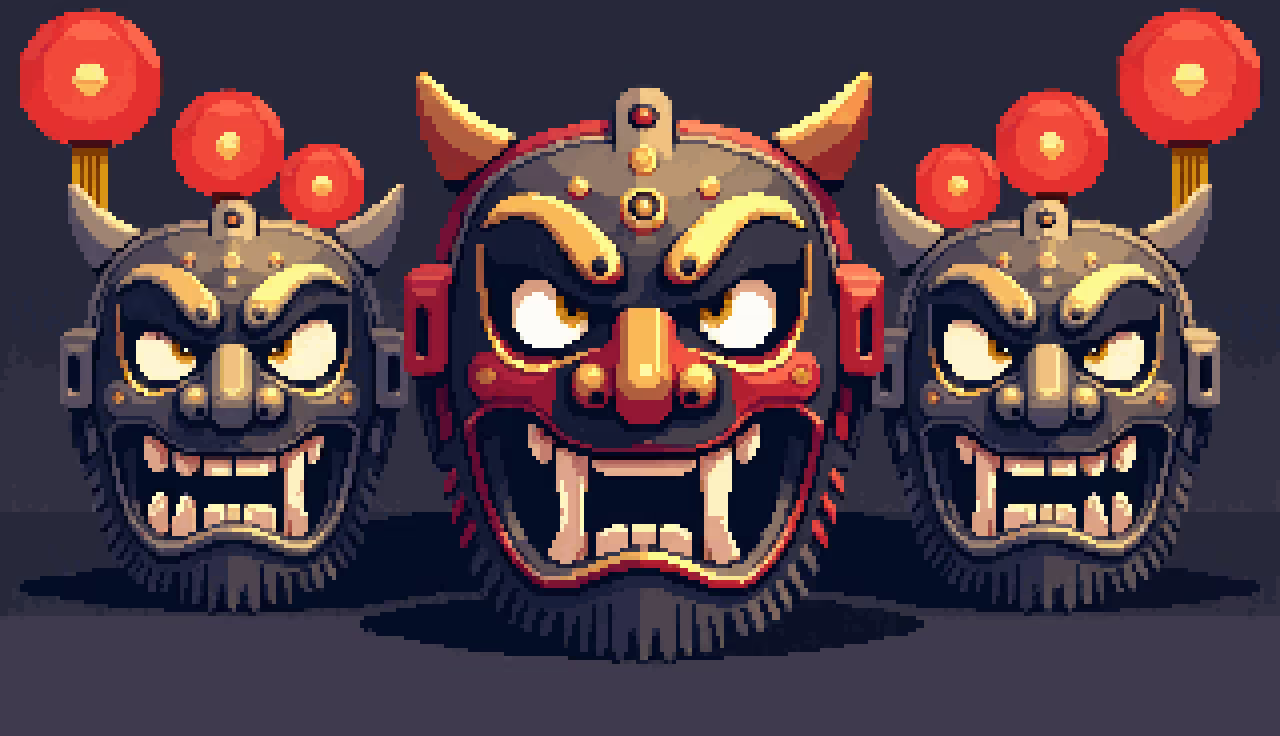
Concept is built around the idea of combining ancient Chinese heritage with contemporary digital art. Each of the 222 masks belongs to one of several rarity categories, emphasizing individuality and collector value. Special animation effects and pixel styling form a unique aesthetic, evoking associations with both ancient theatrical productions (京剧) and retro video games. Masks reflecting different historical periods can be found within the collection, from early shamanic rituals and Sanxingdui culture to the colorful theater symbols of the Ming and Qing dynasties.
In addition to the historical and artistic component, the project has an educational and enlightening mission: each mask is accompanied by a description that reveals its cultural and philosophical context. The close connection of the collection with the celebration of the Chinese New Year symbolizes renewal, emphasizing the importance of passing traditions from generation to generation and adapting them to the realities of the modern world.
